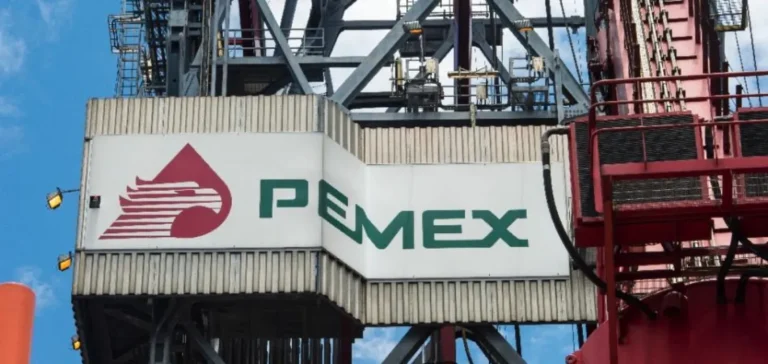Petróleos Mexicanos (Pemex) has placed unconventional resources at the center of its 2025-2035 Strategic Plan. The state-owned company considers the Pimienta and Eagle Ford formations as the main levers to increase national hydrocarbon production. Consulting firm Wood Mackenzie estimates that these basins could play a central role in revitalizing Mexico’s energy sector, given their geological potential and dual capacity to produce both oil and natural gas.
Production potential and projected volumes
Estimates published by Wood Mackenzie indicate that Pimienta and Eagle Ford could add more than 250,000 barrels per day of liquids and around 500 million cubic feet of natural gas per day by the early 2030s. If achieved, these volumes would represent a significant contribution for a country whose reliance on gas imports remains high. However, analysts emphasize that the program’s success will depend on substantial capital investment and a contractual framework capable of attracting international operators.
Technical requirements and international expertise
Unconventional resources require advanced techniques such as horizontal drilling and multi-stage hydraulic fracturing. To date, Pemex has conducted limited exploratory campaigns in this field without achieving large-scale commercial deployment. Wood Mackenzie stresses that the involvement of specialized operators will be decisive in optimizing field development. These partners could introduce proven methods in well planning, secondary recovery, and surface facility management.
Contractual framework and association model
The Mexican government has approved a new partnership scheme. It is based on 21 projects structured as mixed contracts in which Pemex retains at least 40% participation while collaborating with private companies. So far, no projects have been launched under this framework, and the absence of competitive bidding processes raises questions about selection criteria. Analysts note that rapid project initiation will be essential to ensure Pemex meets its production targets on schedule.
Production ambitions and short-term challenges
Pemex has set ambitious goals, particularly in the gas segment. The company aims to double its natural gas production capacity within three years. Such a pace would require a structural transformation of its technical and operational capabilities. However, the sector continues to face logistical constraints, insufficient transportation infrastructure, and persistent dependence on North American imports. These obstacles could delay the effective implementation of the strategic plan.
Financial pressures and budget constraints
Pemex’s financial situation remains a critical factor. The company is considered one of the most indebted oil firms in the world, owing more than $22 billion to contractors. The government has created a $13 billion trust fund to finance projects linked to the strategic plan, but this amount falls short of the identified needs to simultaneously develop multiple unconventional basins. According to Wood Mackenzie, direct state support, currently in place, could end within two years, shifting the focus toward short-term debt management rather than long-term investment.
The role of foreign partners
Wood Mackenzie highlights the need to strengthen cooperation with international operators. The experience gained in North America in developing shale oil and gas could prove decisive for Mexico. Foreign players would bring not only drilling and stimulation technologies but also proven practices in supply chain management, cost optimization, and local workforce training. However, market attractiveness will depend on contract terms and regulatory clarity.
A sector still in pilot phase
Unconventional resource activities in Mexico remain at an experimental stage. Pilot projects led by Pemex in previous years did not result in sustainable commercial exploitation. To move beyond this phase, it will be necessary to establish an adapted oilfield services network capable of providing specialized equipment and skilled labor essential for horizontal drilling and fracturing. This process will require time and additional investment, making the projected ramp-up timeline uncertain.
Strategic outlook for the energy sector
According to analysts, the Pimienta and Eagle Ford formations represent a major opportunity to diversify and secure Mexico’s energy supply. Their development fits into a broader strategy to reduce dependence on imports and reinforce energy autonomy. However, financial, technical, and regulatory challenges set strict conditions for achieving these objectives. Success will depend on Pemex’s ability to structure strong partnerships, manage its debt, and mobilize the necessary technologies to exploit resources that remain largely untapped.






















